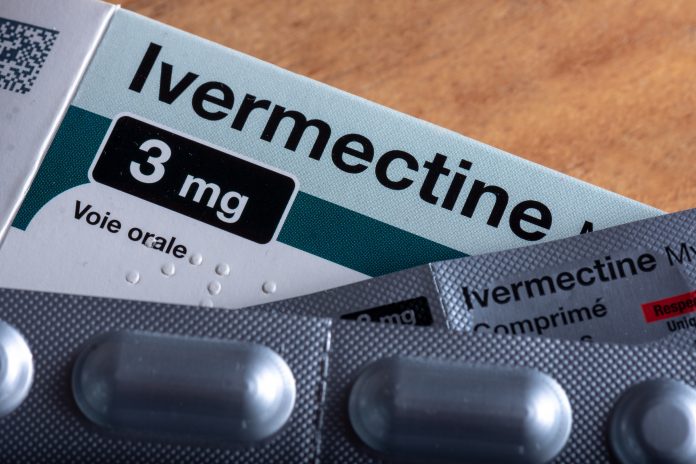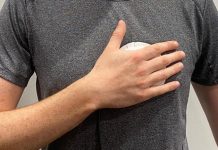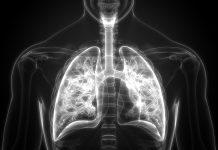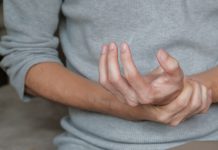Dr Deborah Lee, Dr Fox Online Pharmacy, instructs us on how to use ivermectin to treat acne rosacea
Anyone affected by the chronic, incurable condition, acne rosacea, will know how difficult it is to live with, and how hard it is to treat. You may have been prescribed ivermectin cream.
- What is ivermectin?
- How does it work?
- How effective is it?
- How to use it?
Read on and find out.
What is ivermectin?
Ivermectin is a type of drug called an avermectin. These are often used to treat parasitic infections such as worms and insect pests. It is available in a skin cream at a 1% strength – the brand name is Soolantra.
How does it work?
Ivermectin is recommended by dermatologists, and for example, as a first-line treatment by the National Institute of Health and Care Excellence (NICE), and also by the Primary Care Dermatology Society (PCDS).
No one knows what causes acne rosacea. However, it seems that sufferers have some abnormalities of their immune system, leading to an overproduction of inflammatory mediators – cell signalling molecules that control the immune response.
In addition to this, people suffering from rosacea seem to have an increase in the numbers of Demodex mites in their skin. 35-50% of rosacea patients have increased Demodex mites at the site of their facial skin lesions. The mites find their way into the hair follicles and sebaceous glands, where they cause inflammation. They cause damage to the epithelium – the top layers of skin. They also cause the skin to become hypersensitive. Rosacea sufferers are also extra sensitive to ultraviolet radiation. The end result is the development of papules and pustules.
Acne rosacea is also associated with damage to the barrier function of the skin, resulting in increased transepidermal water loss.
Ivermectin diffuses into the pilosebaceous units and kills the Demodex mites. As a result, this lowers inflammation, with the consequent reduction on local levels of inflammatory mediators.
How effective is it?
In two double-blind, randomised controlled studies, ivermectin 1% cream, applied once a day was found to have a favourable outcome compared to a placebo. Success, in terms of being ‘clear’ or ‘almost clear’, was reported as 38.4% and 40.1% from each study, respectively. This compared to 11.6% and 18.8% who used the placebo.
The cream was used once every day for 52 weeks. In one of the studies, for example, the improvement that was graded as ‘clear ‘or ‘almost clear,’ increased from 38.4% at week 12, to 71.1% at week 52.
In further studies, patients using ivermectin 1% cream also reported a greater improvement in quality of life, than those using metronidazole gel.
Side effects
The most common side effects, that occurred in less than 1% of patients in clinical trials, were burning or stinging of the skin. The skin may feel dry, irritated or slightly itchy.
How to use ivermectin 1% cream?
Wash and pat the skin dry. Apply a pea-sized amount to the 5 areas of the face – forehead, nose, two cheeks and chin. Spread the cream evenly and thinly across the skin. Take care to avoid the eyes and the inside of the nose or mouth. Allow the cream to dry on the face before applying any other rosacea treatments, makeup up or sunscreen. Wash your hands carefully after use.
For the first week of use, it may appear that your rosacea has worsened. This is because the dead and dying Dermodex mites result initially in an increase in skin inflammation. However, after this, a steady improvement is likely, so persevere. There is a very small chance your skin may not tolerate ivermectin 1% cream long term – occasionally it can make rosacea worse – but this is rare.
The cream does contain alcohol – cetyl alcohol and stearyl alcohol – which are a known cause of contact dermatitis. It also contains methyl parahydroxybenzoate (E218), propyl parahydroxybenzoate (E216) and propylene glycol, all of which can sometimes cause local, contact dermatitis.
Who shouldn’t use it?
There are no studies of the use of ivermectin 1% cream in pregnancy, so it is not recommended for use. It is also not recommended for breastfeeding.
Where to get ivermectin 1% cream
You can obtain ivermectin 1% cream on prescription from your GP, or from a Consultant Dermatologist. Alternatively, you can purchase the cream which can be prescribed for you from an online pharmacy.
Final thoughts
Rosacea is a difficult skin condition to treat and causes much misery for sufferers. Ivermectin 1% cream is a welcome addition to the available treatments. It has been shown to be more effective than metronidazole gel. As a topical treatment, it is well tolerated with few side effects.
For more information
National Rosacea Society – Novel Treatment for Rosacea, Soolantra (Ivermectin) cream 1%, Now Approved.
References
https://link.springer.com/article/10.1007/s13555-018-0249-y
https://www.karger.com/Article/Fulltext/446215








